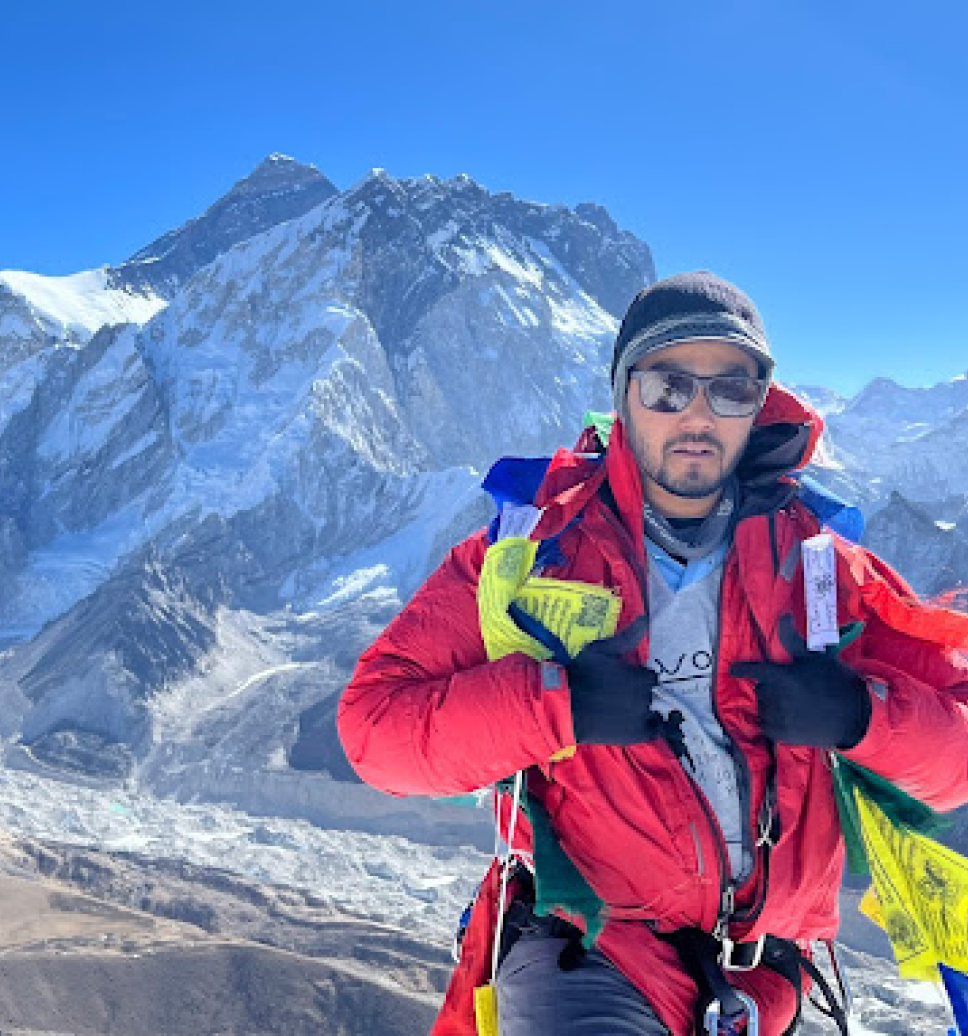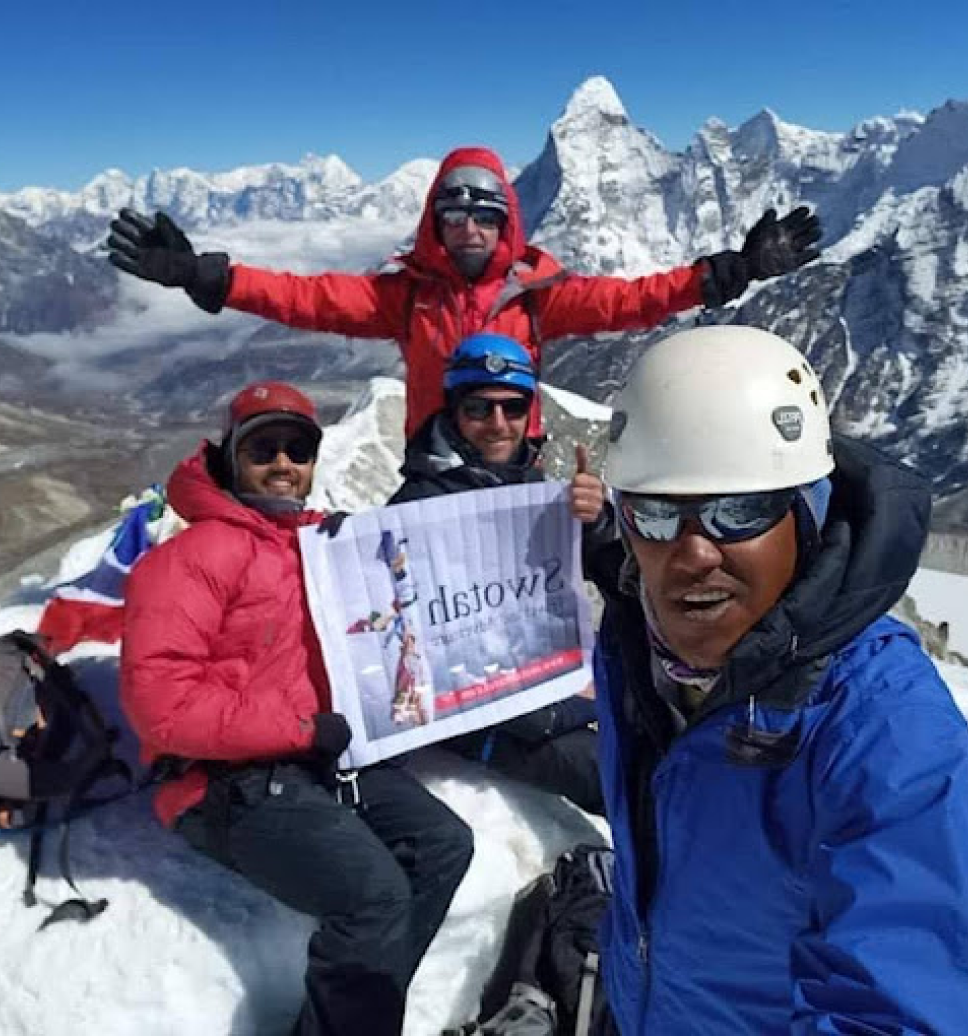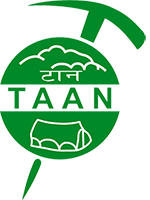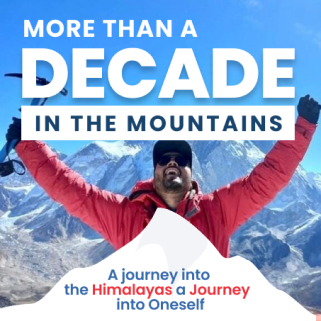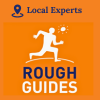GUARANTEED DEPARTURES
Check upcoming trip dates, availability & prices. If you can't see dates that suite you, contact us we will do our best to assist you.
| GUARANTEED DEPARTURES | PRICE | AVAILABILITY | |
| Nov 1, 2025 - Nov 10, 2025 | $1600 | High | |
| Nov 13, 2025 - Nov 22, 2025 | $1600 | High | |
| Mar 2, 2026 - Mar 11, 2026 | $1600 | High | |
| Mar 16, 2026 - Mar 25, 2026 | $1600 | High | |
| Apr 5, 2026 - Apr 14, 2026 | $1600 | High |
Trek Highlights
- The Upper Mustang was a restricted demilitarized area until 1992 which makes it one of the most preserved regions in the world, with a majority of the population still speaking traditional Tibetic language.
- Upper Mustang is also known as "The Last Forbidden Kingdom" because of the restriction to travel until the 1990s.
- Mustang's status as a kingdom ended in 2008 when its suzerain Kingdom of Nepal became a republic.
- Mustang is rich in Buddhist culture similar to the area of the Tibet Autonomous Region of the People's Republic of China.
- The first westerner in Mustang was Toni Hagen, Swiss explorer, and geologist who visited the Kingdom in 1952 during one of his travels across the Himalayas...
- French Michel Peissel is considered the first westerner to stay in Lo Manthang during the first authorized exploration of Mustang in 1964.
- Upper Mustang proffers the spectacular views of Nilgiri, Annapurna, Tukuche Peak, Dhaulagiri, and the other Himalayas along with the uniqueness of tree-less landscapes and rocky trails throughout the way.

•The forbidden walled city of Lo-Manthang (Upper Mustang)•1000 years old Buddhist Monastery•Wonderful landscapes those are almost identical to the Tibetan region.•Colorful barren hills holding interesting myths
Photo Gallery
Dive into our gallery to get a glimpse of the awe-inspiring vistas waiting for you on our guided treks across stunning landscapes.
Brief Itinerary
Comprehensive Trek Guide
The word ‘Mustang’ simply conjures up ideas of forsaken, remoteness, and isolation, a place lost amongst the mountains. This was an independent country until it was closely consolidated into Nepal just a few decades ago. The kingdom of Mustang lies in the rain shadow formed by the Annapurna & Nilgiri Himalayas and thus gets very little rain which, fortunately, makes the area ideal for trekking even in the mid-monsoon while the other areas of Nepal remain unsuitable for trekking due to heavy monsoon rains.
Trekking to the upper mustang is magnificent by any means, it’s a sheer pleasure to walk through the majestic hill and see superb views of the barren mountains. This barren desert of Upper Mustang is so beautiful that it can put green lands in shame. The scenic landscape of this region is quite familiar to Tibetan landscapes as geographically it is a part of the Tibetan plateau. Even the culture of this place is highly influenced by the Tibetan people.
Upper Mustang Trek is a thrilling experience where you can explore ancient monasteries from the 14th century, Buddhist shrines, culture that will leave an impression on your heart. You’ll have to march through an almost tree-less barren landscape, a steep rocky trail up and downhill during Upper Mustang Trek while enjoying panoramic views of Nilgiri, Annapurna, Dhaulagiri, and several other peaks.
Tipping Recommendation
We recommend allocating 10-15% of your total tour cost to tipping guides, drivers, and other hardworking staff who ensure your experience is unforgettable. While tipping is not mandatory, it is a meaningful way to support the seasonal workers who dedicate themselves to making your trip extraordinary.
By booking with us and participating in the tipping culture, you are directly contributing to Nepal’s local economy and helping sustain the tourism workforce. This support is crucial in retaining talent within the country and addressing challenges like brain drain.
Your generosity makes a lasting impact—thank you!
What's Included
- Airport transfers with an escort by Private Vehicle
- Standard/deluxe rooms in Kathmandu on twin/double sharing with breakfast and dinner
- Guided sightseeing tour in Kathmandu along with entrance fees and a professional guide
- Accommodation during trek (or camping in case of need)
- All meals (Breakfast, lunch, dinner) during the trek
- Authorized English speaking guide along with Porters (3:1) for the trek
- Equipment clothing for porters including their insurance
- All applicable government tax
- All expenses for all staff –meals, accommodation, salary, equipment, insurance, transportation
- All necessary paperwork and Annapurna Circuit Trekking Permit, Trekkers' Information Management System fees (TIMS)
- Medical kit (carried by your trek leader)
What's not Included
- International flights; Nepalese visa fee
- Excess baggage charge(s) for the domestic flight
- Extra night accommodation in Kathmandu and Pokhara because of early arrival, late departure, early return from mountain due to any reason other than the scheduled itinerary
- Lunch and evening meals in Kathmandu
- Travel and rescue insurance
- Personal expenses (phone calls, laundry, bar bills, battery recharge, extra porters, bottle or boiled water, shower, etc.)
- Tips for guide(s), porter(s) and driver(s)
Frequently Asked Question
1. Will somebody come to pick me up at the airport upon arrival
2. Is there an Orientation program
3. What is the overnight accommodation like
4. How big are the groups
5. Is this a popular trek
6. Is Travelling in Upper Mustang safe for women
7. What about security during trekking
8. What sort of food can I expect in trekking
9. Is the drinking water safe in trekking region
10. What mode of transportation do you use
11. What is the best season for trekking in Upper Mustang
12. Will I be taken care of during emergency
13. What is appropriate dress for trekking
14. Is it possible to alternate or change the day trips
15. Are we sure to get room while trekking
16. Are your guides reliable and certified
17. How can I charge my electronics during the trip
18. Is there any communication while we are on trekking
19. Can I add extra days to my trekking trip
20. What immunizations will I need
21. How many hours do I have to trek each day
22. How will my booking be processed
23. Can we use the credit card during the trek
24. Do we need to carry our bags by our self or you will provide porters
Company Reviews
Similar Trips
Related Trips
Let your travels tell a story—crafted by locals, inspired by mountains, and lived by you.
